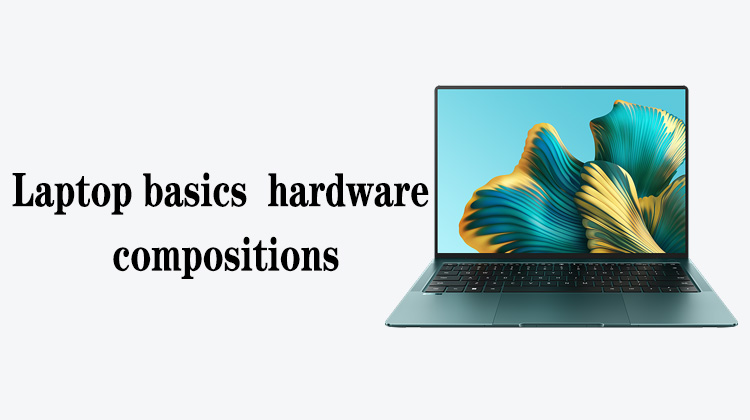1
00:00:01,800 --> 00:00:05,100
At this time, let's touch the pins with the tweezers
2
00:00:05,866 --> 00:00:07,366
To check if it is loose
3
00:00:09,800 --> 00:00:11,966
The second one is bit
4
00:00:13,200 --> 00:00:14,500
So is the first one
5
00:00:15,666 --> 00:00:17,866
The first one has been welded indeed
6
00:00:18,433 --> 00:00:20,666
But we poke deeper in the second position
7
00:00:22,300 --> 00:00:27,600
You can also use a multimeter to measure this position
8
00:00:28,800 --> 00:00:35,400
As long as the water enters and corrodes and burns black, most of these pins are power supply pins
9
00:00:36,200 --> 00:00:40,233
It's basically good to be able to measure the ground value at this location
10
00:00:41,166 --> 00:00:44,166
If you suspect that the welding is not stable
11
00:00:45,500 --> 00:00:48,633
You can take a blade and scrape these places again
12
00:00:49,600 --> 00:00:52,166
Let the solder stick it a little more firmly
13
00:00:54,133 --> 00:00:56,300
The first and third should be fine
14
00:00:56,866 --> 00:01:00,600
The second one, it seems that the solder stick is not very good
15
00:01:01,500 --> 00:01:04,500
Scrape it off, let's do it all over again
16
00:01:19,900 --> 00:01:20,933
Heat it again
17
00:01:36,800 --> 00:01:40,066
In this way, it can be guaranteed to be welded
18
00:01:42,300 --> 00:01:45,166
We can also scrape the first pin a little bit more
19
00:01:46,966 --> 00:01:50,000
The first one is sure to be soldered this time
20
00:01:50,400 --> 00:01:52,533
But in order to prevent bad welding
21
00:01:53,300 --> 00:01:54,966
You could add a little flux
22
00:02:10,700 --> 00:02:15,866
This is the treatment for water infiltration and corroded plastic connectors






